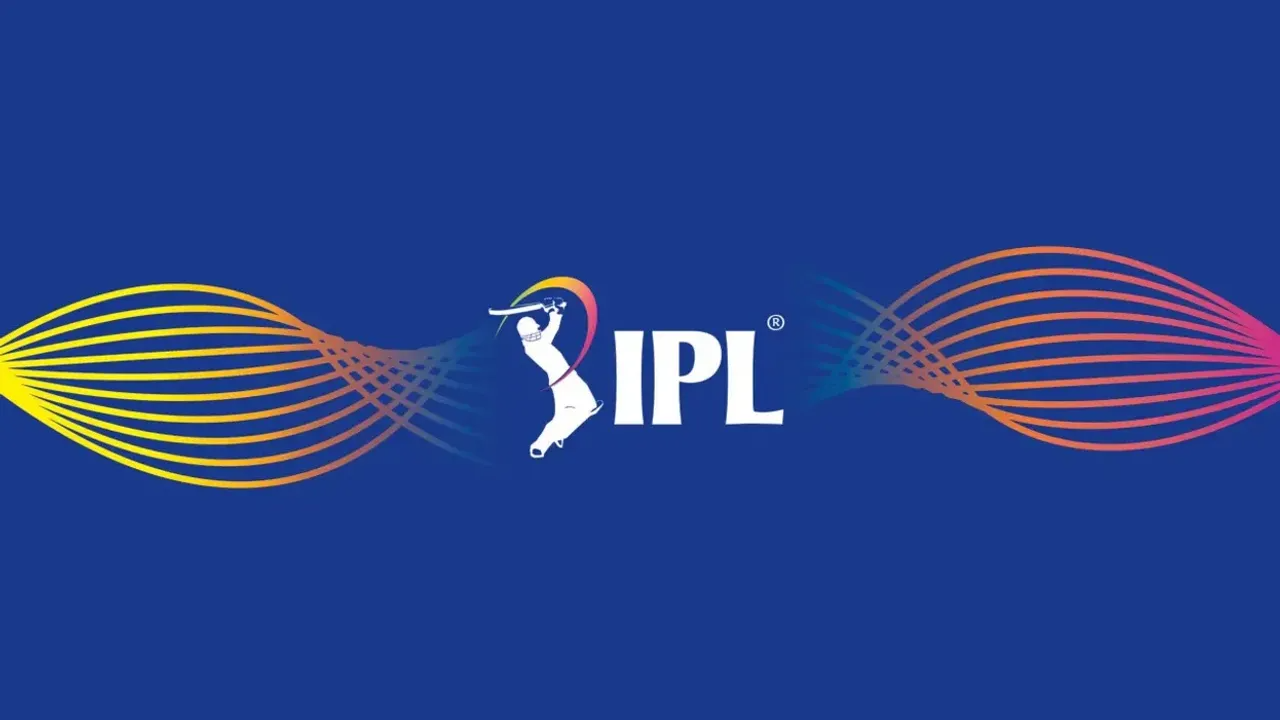The owners of the 10 franchises as well as secretary Jay Shah and other bigwigs at the Board of Control for Cricket in India (BCCI) will have arrived in Dubai in time for the Indian Premier League (IPL) player auction that is set to take place in a little over 24 hours from now. The annual event serves as a precursor of sorts to the T20 carnival that takes places during peak summer in India, and might just witness some record-breaking bids for some of the most sought-after individuals in the modern game.
As many as 333 players are set to go under the hammer in the auction that takes place outside India for the first time in the history of the world’s biggest T20 league. The BCCI had originally received 1,166 applications for the 17th player auction, and ended up retaining around a quarter of those names in their shortlist for the main event.
Of the 333, 49 have a have a base price in three of the highest categories — Rs 2 crore, Rs 1.5 crore and Rs 1 crore. And of those 49, three happen to be Indian internationals, including Shardul Thakur who is very much part of Team India across formats.
IPL 2024 Auction: Everything you need to know
Before the auctioneer formally announces the name of the first player to go under the hammer — England’s Harry Brook, according to the document shared by the IPL Governing Council — we present to you a breakdown of how an IPL Auction is conducted:
Mini auction vs mega auction: What is the difference?
This year’s auction will be a mini-auction, with 333 players going under the hammer, as was the case last year with 405 players. Mini-auctions in the Indian Premier League are a one-day affair and span anywhere between three to six hours, beginning usually around afternoon Indian time. It will start at 1:30 PM IST this time around.
Mega-auctions, on the other hand, have a lot more players signing up and going under the hammer and witness franchises bid for players over the course of two days. The last time an IPL mega auction took place was ahead of the 2022 edition, in which 590 players were shortlisted and 204 ended up getting sold to the franchises, including 67 overseas players.
IPL 2024 Auction: Player list, remaining slots and purse of all 10 franchises
The idea of a mega-auction is to ensure a league-wide overhaul — where the franchises are given the option of retaining only a handful of their most valued players including the skipper and releasing a majority of their squad back into the auction pool. Mini-auctions, meanwhile, can be a bit of both — minor changes for some teams, and near-overhauls for others.
What is the purse limit for a franchise?
The IPL Governing Council has hiked the purse limit for franchises to Rs 100 crore for the IPL 2024 Auction, from Rs 95 crore in the previous one that took place in Kochi last December.
It is this purse limit that plays a major role in the franchises making up their minds on which players to let go and which ones to retain. The purse essentially is the total money that franchises are allowed to spend on their squad, which can have a maximum of 25 players including eight overseas recruits.
Quite often, franchises release high-value players back into the auction pool even if they have had decent runs in the previous season. This helps the franchise owners release funds that goes into their purse and allows them to either go for a more sought-after player in the market or buy the same player back, even at a cheaper price.
How many player sets are there in the IPL 2024 Auction? And what are they exactly?
Player sets are simply a way for the IPL Governing Council to categorise players based on two factors — their role as a cricketer and whether they’ve played international cricket or not.
The 333 players that have been shortlisted for the IPL 2024 Auction are divided into 17 sets based on the following roles — batters, all-rounders, wicket-keepers, fast bowlers and spinners.
That’s not all however; each category has two sets of players with one set of players featuring in the main round and the other set going into the accelerated round. So the capped batters list will be split into the BA1 and BA2 sets. Same for the uncapped batters list, which will be split into UBA1 and UBA2 sets. Likewise, the remaining sets are group by capped and uncapped players, based on their primary roles.
Sets also depend on the number of players with that primary role that signed up for the auction and eventually made it to the shortlist. So while there are four sets of batters — two each among capped and uncapped players — the same cannot be said for spinners with one capped and one uncapped set in this auction.
How does a player’s base price increase during a bidding session?
Players set for themselves a base price when signing up for the auction and it is at that price from which the bid starts. When it comes to the actual bidding process, a player's price goes up by Rs 20 lakh until it touches the 1-crore mark. Thereafter, it shoots up by Rs 25 lakh upon each successful bid for the next one crore, and the incremental amount goes up to Rs 50 lakh once the bid has gone past the Rs 2 crore mark.
What is the accelerated round?
Of the players who are shortlisted for the player auction, not all of them go through the conventional process, i.e. have their names announced by the auctioneer followed by raised paddles from franchises to make a bid, if interested.
It’s the first set of players from the capped and uncapped players’ list — BA1, UBA1, FA1 (fast bowlers) whose names are called out in the first part of the auction that is followed by an extensive break. According to the full list of players shared by the IPL, the first 10 sets containing a total of 70 players fall in this category.
It is during this break that the planning for the accelerated round takes place, with franchise owners asked to submit names they’d be interested in from the remaining seven sets that comprise 263 players. Members of the IPL GC then sit down and go through the 10 lists submitted by the franchises to prepare a fresh list of players for the accelerated round.
Are there any further rounds after the accelerated round?
Depends. If there are franchises that still have slots to fill and also have funds for the same, which is the case in IPL auctions more often than not. Once the accelerated auction is done, franchises which have either filled up all of their vacancies or are out of funds sit out and are reduced to mere spectators.
Those who still are on the player hunt are then required to submit a fresh list — this time comprising names they’d be interested among players who had failed to receive a bid throughout the auction and went unsold. And it doesn’t necessarily have to be just one round after the accelerated round — there can even be two or more, until all franchises have either exhausted their purse or have filled up all of their slots.

 4 months ago
175
4 months ago
175





 English (US)
English (US)